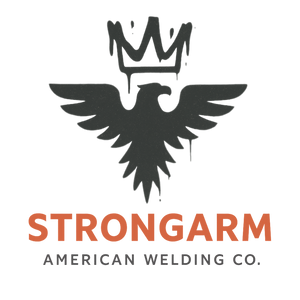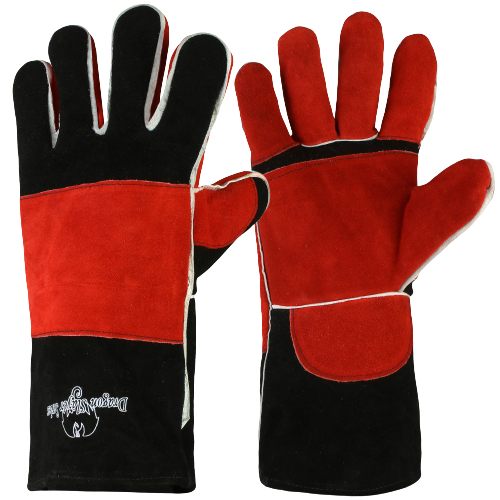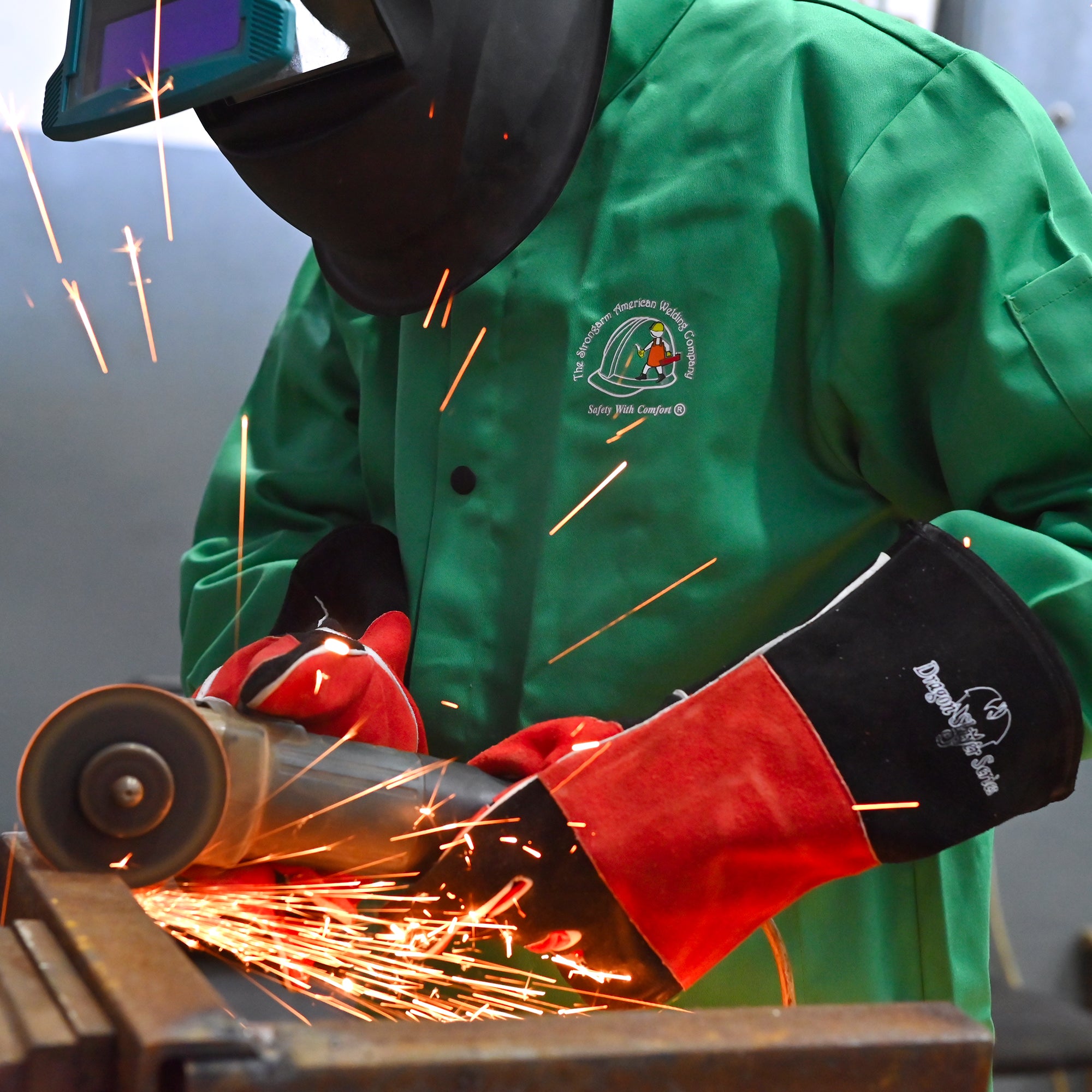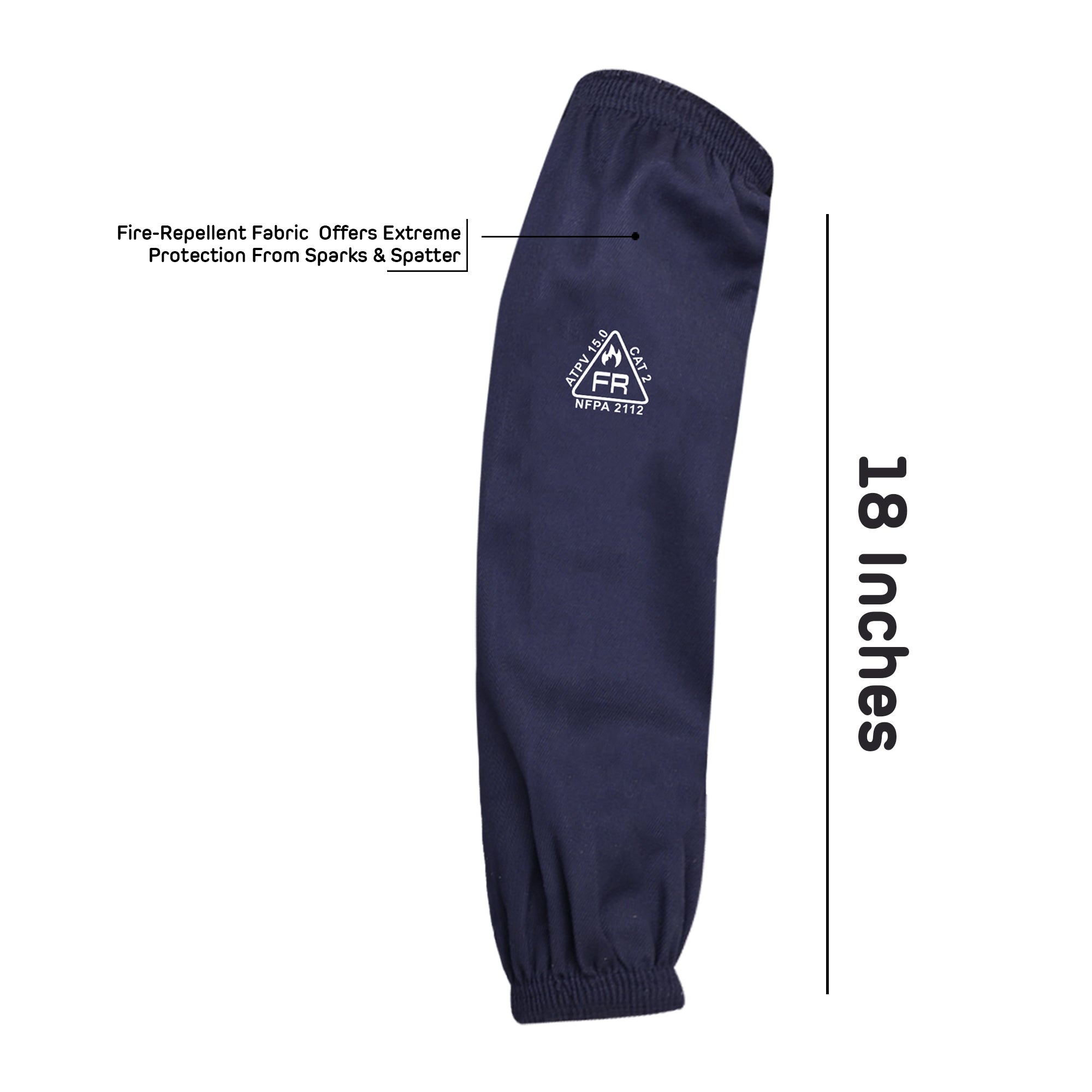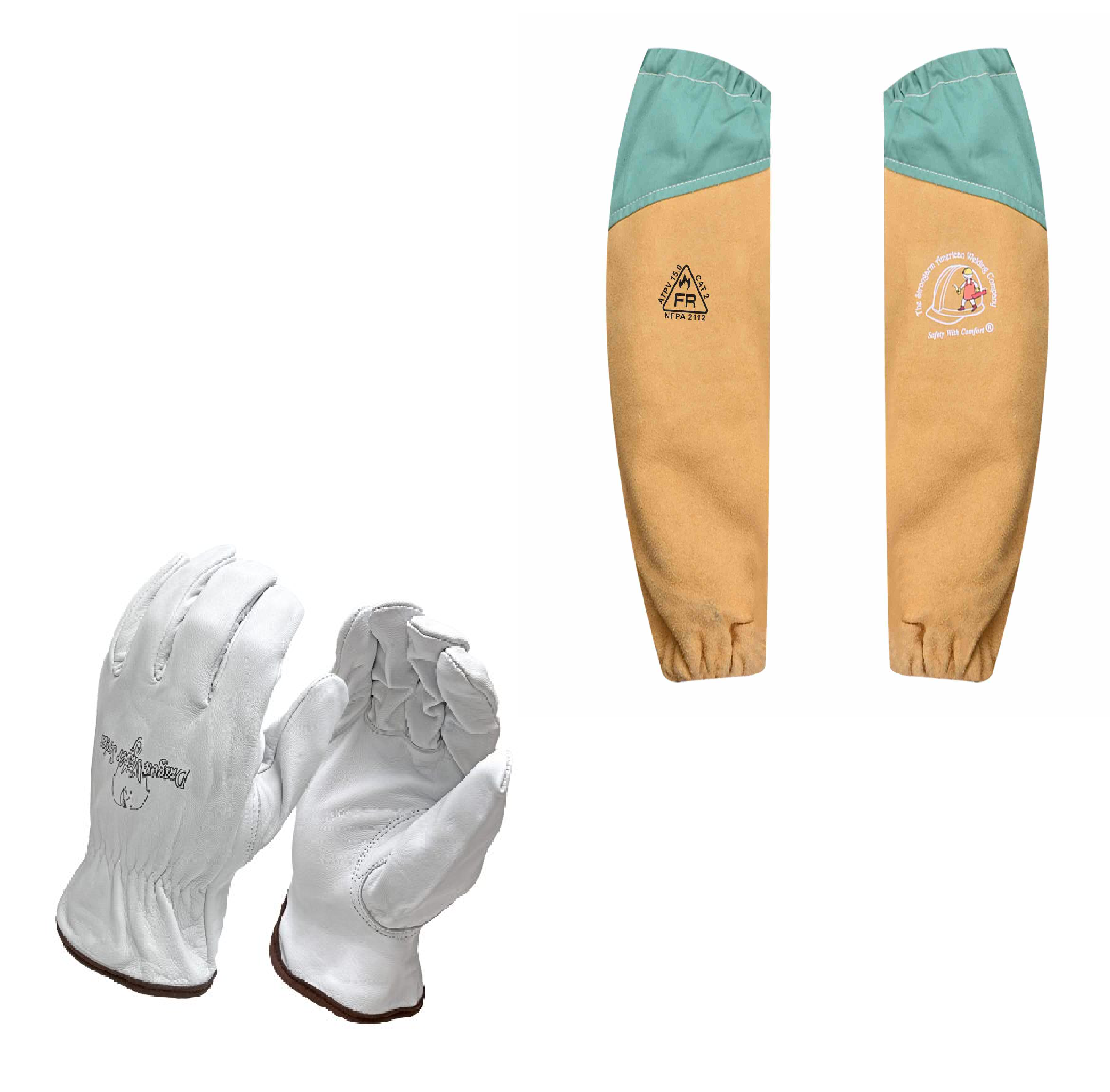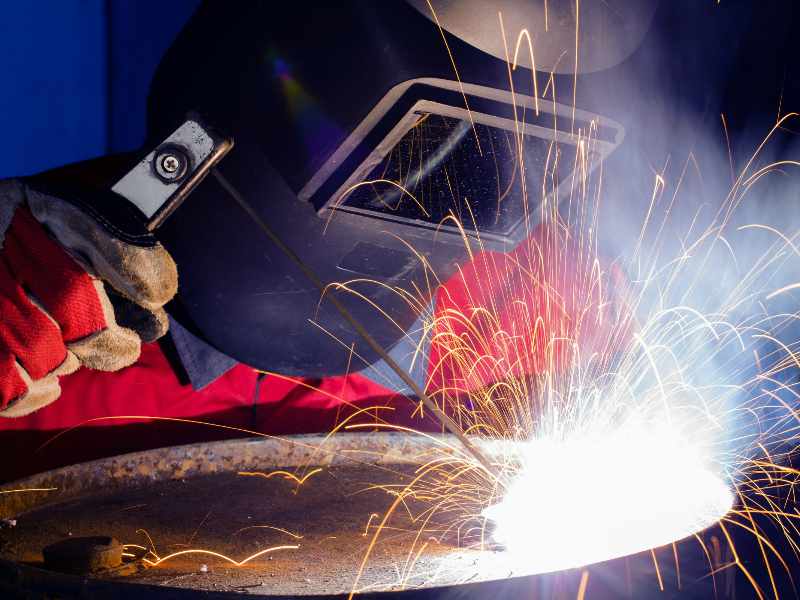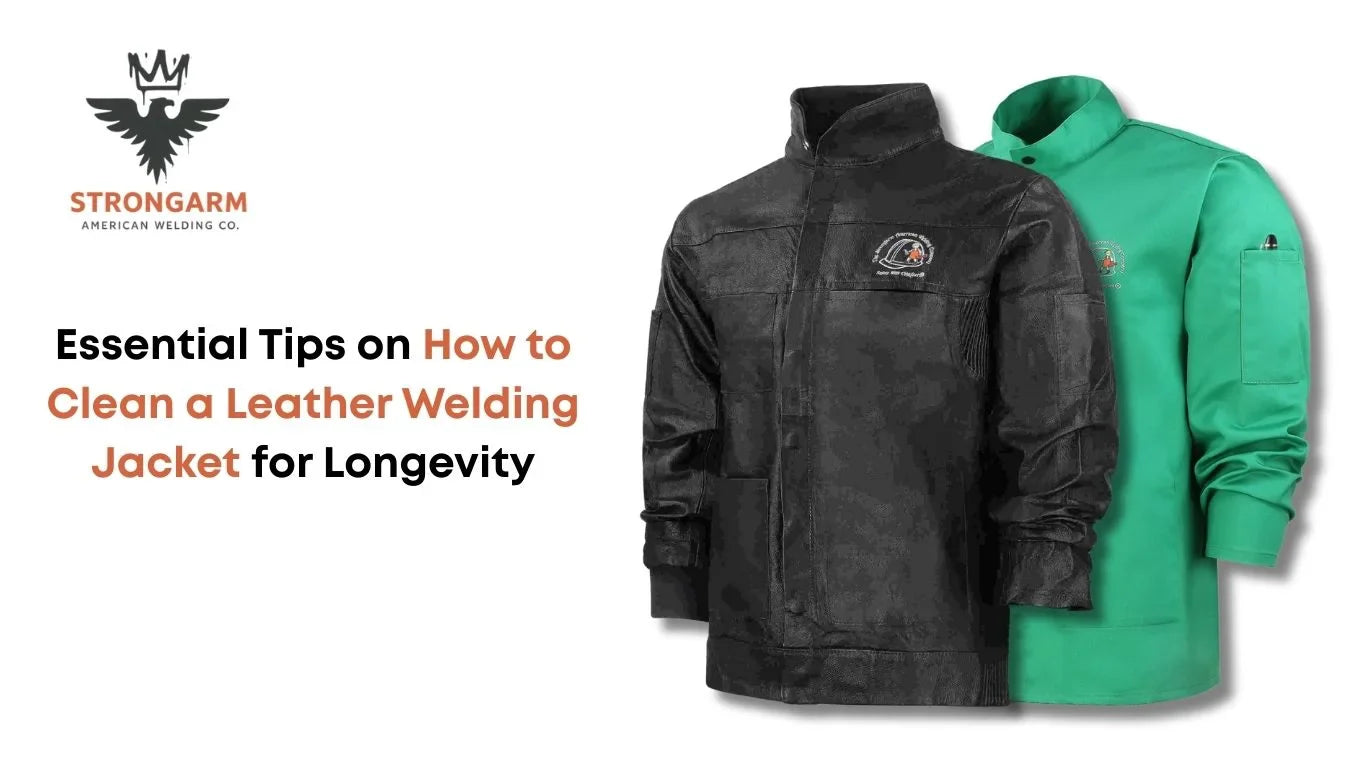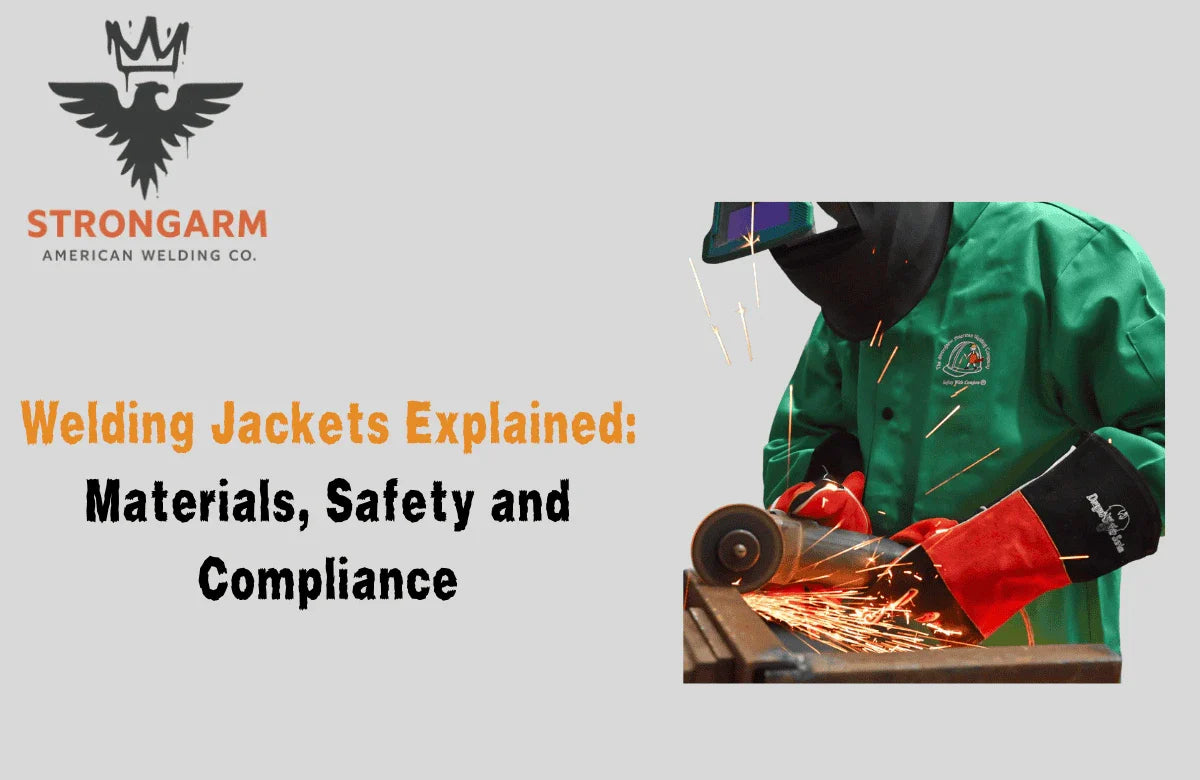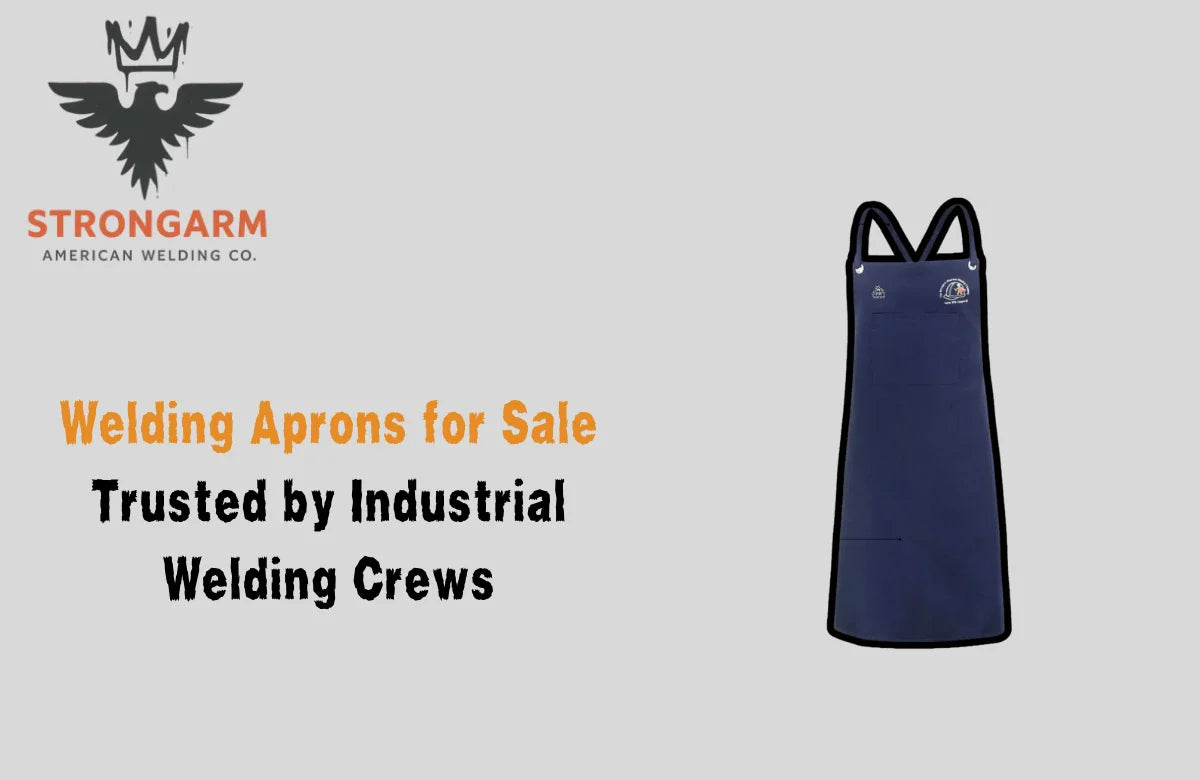When it comes to welding, safety should always be the top priority. Understanding the role of different protective gear is essential to ensure the well-being of this high-risk profession. In this article, we'll focus on one crucial piece of equipment: welding aprons.
Welding aprons are a fundamental component of any welder's attire and for a good reason. They offer a unique set of advantages that makes them stand out from other protective gear. Let's discover the welding safety gear and why welding aprons deserve your attention.
Welding Safety Equipment
To ensure the safety of welders, the use of appropriate welding safety equipment is crucial. These tools and gear are specifically designed to protect individuals working with welding equipment from the various hazards they may encounter.
Welding Helmets and Face Shields
Welding arcs emit intense ultraviolet and infrared light that can cause severe eye damage. Welding helmets, equipped with a shaded lens that automatically darkens when the arc is struck, protect the welder's face and eyes from harmful radiation. Helmets are a fundamental piece of safety equipment, as they provide a clear view while protecting the eyes.
On the other hand, face shields provide additional protection for the entire face, including the neck and ears.
Welding Gloves
Welding gloves are designed to protect the hands from burns and cuts. These gloves are mostly constructed from heat-resistant materials that can withstand the high temperatures generated during welding. They are a vital component of safety equipment, as welding without proper hand protection can lead to painful injuries.
Welding Jackets and Aprons
Welding jackets and aprons are made from flame-resistant materials like leather to protect the upper body of the welder from sparks, spatter, and heat. These are designed to be durable and comfortable for extended periods of use. They not only provide protection but also enhance the overall comfort and safety of the welder.
Safety Goggles
While welding helmets provide protection for the entire face, safety goggles offer an additional layer of eye protection. They are particularly useful when welding in tight spaces or when additional coverage is needed. Safety goggles can also be worn in light welding tasks when the hazards are relatively low.
Welding Aprons Vs. Other Protective Gear
Now that you are aware of the protective gears for welding let's compare them with the welding aprons without wasting time and to help you make an informed decision based on your specific welding needs.
Welding Aprons vs. Welding Helmets and Face ShieldsWelding Aprons
- Advantages: Provide upper body protection from sparks, heat, and splatter. Comfortable and durable.
- Disadvantages: Limited to upper body protection, leaving the face exposed.
Welding Helmets and Face Shields
- Advantages: Protect the face and eyes from intense light and sparks. Some feature auto-darkening for convenience.
- Disadvantages: Focus on facial protection, leaving the upper body exposed.
Welding Aprons vs. Welding Gloves
Welding Aprons
- Advantages: Protect the upper body from burns and injuries. Comfortable for extended wear.
- Disadvantages: Do not protect the hands, leaving them vulnerable to burns.
Welding Gloves
- Advantages: Safeguard the hands from burns and cuts. Essential for hand protection.
- Disadvantages: Focus on hand safety, leaving the upper body unprotected.
Welding Aprons vs. Welding Jackets
Welding Aprons
- Advantages: Offer upper body protection with comfort and durability.
- Disadvantages: Do not provide full upper body coverage, leaving the lower body exposed.
Welding Jackets
- Advantages: Provide comprehensive upper body and lower body protection. Suitable for extensive coverage.
- Disadvantages: Can be less comfortable for extended wear.
Welding Aprons
- Advantages: Shield the upper body from sparks, splatter, and heat.
- Disadvantages: Do not protect the eyes, leaving them exposed to potential harm.
Safety Goggles
- Advantages: Safeguard the eyes from sparks and debris, offering clear vision.
- Disadvantages: Focus on eye protection, leaving the upper body unprotected.
Importance of Welding Aprons
So, safety gear is just a rulebook thing, right? Well, think again! It's a total game-changer for welders, and here's why:
Protection from Burns
Welding is like hanging out with molten metal, and it's crazy hot. Without the right gear, you're playing with fire – literally! But here is the welding apron to save the day. It's your shield against those dangers that can give you some nasty burns.
Spatter and Sparks
Welding aprons aren't just about looking cool; they're a shield against spatter and sparks. These little devils can be a real pain, causing burns and making you all uncomfortable. But your apron's got your back; it's like a personal force field that keeps you spark-free.
Built to Last
Quality welding aprons are built to last, ensuring reliable protection over an extended period. They won't wear out or fall apart after a few uses. Instead, they're built rigid for the welding job.
Easy to Maintain
Maintaining your apron is a piece of cake. You don't need a PhD in laundry – just a regular clean-up, and it's good to go. So, you're not only safe, but you're also making a smart investment that'll last. Cleaning and maintaining welding aprons are relatively simple, ensuring a long-lasting safety solution.
Bang for Your Buck
Let's talk money – welding aprons are the budget-friendly heroes of safety gear. You get top-notch protection without emptying your wallet. Compared to other safety gear, welding aprons are a cost-effective option that provides excellent protection for your money.
Making the Right Choice
The choice between welding aprons and other protective gear depends on the specific welding task and its associated hazards. Welding aprons are ideal for upper body protection, offering comfort and durability. However, when comprehensive protection is needed, combining welding aprons with other safety gear like welding jackets, gloves, helmets, and safety goggles is recommended. The right combination of protective gear ensures both the safety of welders and the quality of the welding process. Prioritize safety, and choose the gear that best suits your needs to create a secure and productive welding environment.
Best Welding Aprons
While many welding aprons are available in the market, identifying the best welding aprons for your needs is crucial for both safety and comfort during welding tasks.
Material Matters
The material of the welding apron should be considered. Leather aprons, in particular, are renowned for their durability and heat-resistant properties. They are a top choice for welders as they offer excellent protection against sparks and heat.
Comfort and Fit
The best welding apron should provide a comfortable fit. Look for adjustable straps and designs that ensure ease of movement. Welders often wear these aprons for extended periods, so comfort is essential.
Pockets and Storage
Some welding aprons come with pockets, adding convenience by providing a place to store tools and essentials. It reduces the need to leave the work area, increasing efficiency.
Maintenance
Proper care is essential to prolong the life of your welding apron. Check the manufacturer's guidelines for cleaning and maintenance, typically involving using a damp cloth to wipe off debris and stains.
Features to Look for in a Welding Apron
Here are few features to look for while choosing a suitable welding apron for your job:
Heat Resistance
When choosing a welding apron, ensure it offers excellent heat resistance to protect you from sparks and hot metal. Look for materials like leather or flame-resistant fabric that can withstand high temperatures.
Adjustable Straps
Opt for an apron with adjustable straps for a comfortable and secure fit. This feature allows you to customize the apron to your body size and work style, ensuring maximum protection and ease of movement.
Reinforced Stitching
Look for welding aprons with reinforced stitching. Strong, double-stitched seams provide durability and longevity, ensuring your apron can withstand the rigors of welding work.
Pockets for Tools
A welding apron with strategically placed pockets is a valuable asset. These pockets offer convenient storage for essential tools and accessories, keeping them within easy reach while you work.
Easy-to-Clean Material
Choose an apron made from materials that are easy to clean. Welding can get messy, so having a material that allows for quick cleanup and maintenance is a practical consideration for long-term use.
Conclusion
We've explored the importance of welding aprons and how they stack up against other protective gear. When it comes to protecting welders, there's no one-size-fits-all solution. Whether you opt for a welding apron, a welding jacket, or a combination of safety gear, remember that your safety is in your hands. Make informed choices, stay protected, and keep the sparks flying in the right direction.
